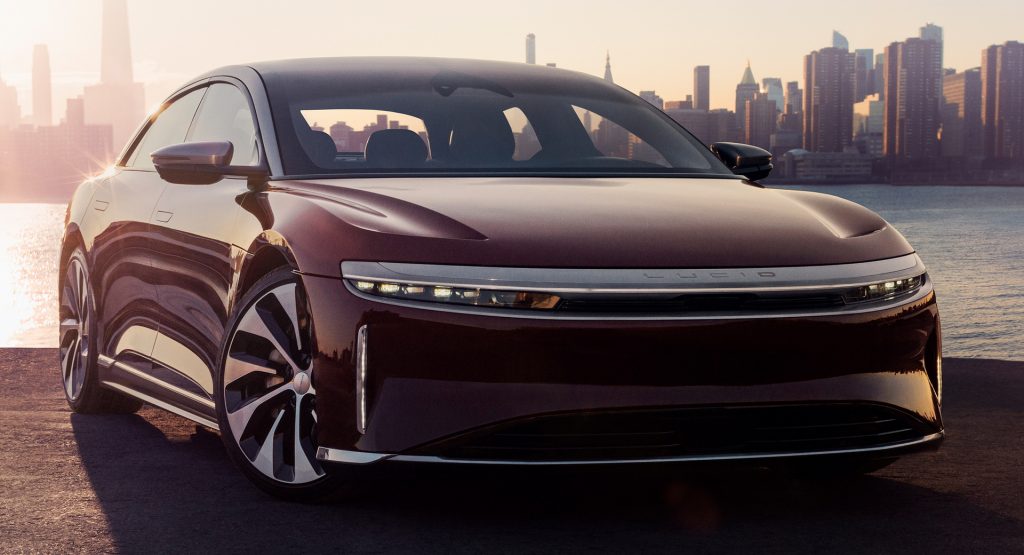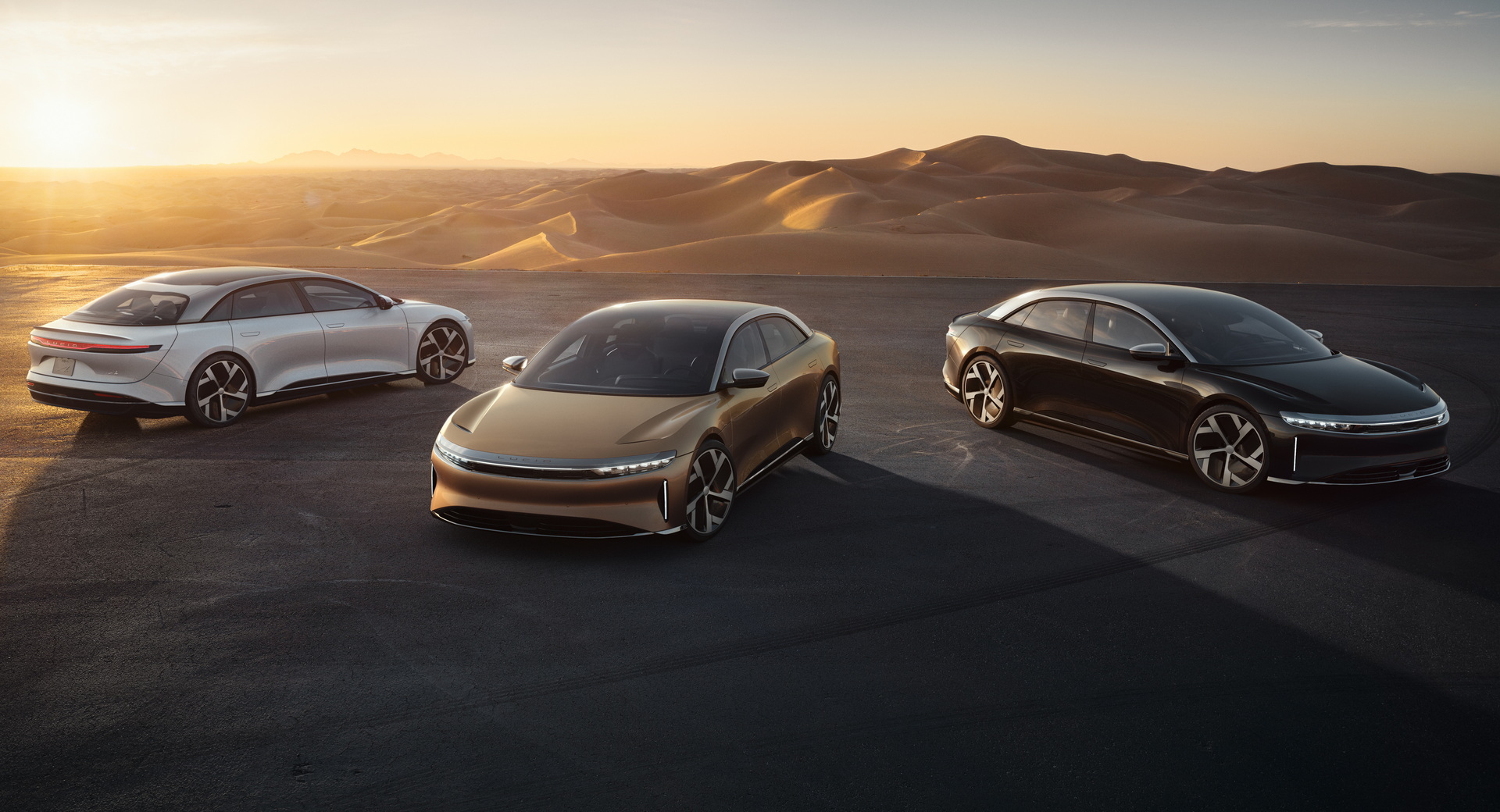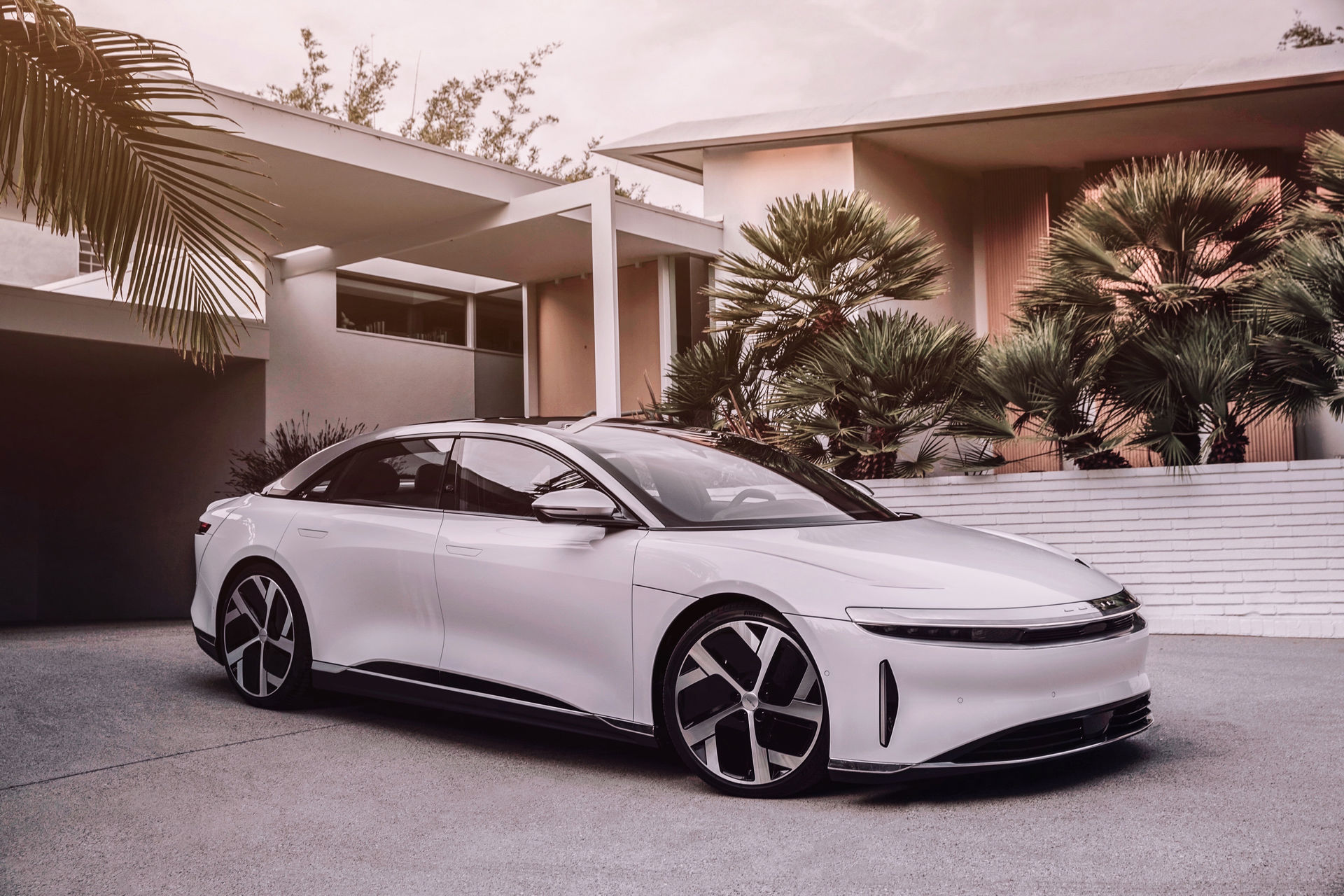The chief executive of Lucid doesn’t think we will see fleets of self-driving taxis for another decade.
Hot on the heels of Lucid beginning production of the all-electric Air, chief executive Peter Rawlinson told Reuters that technological hurdles will prevent robotaxis from becoming commonplace anytime in the near future.
“I think we’re 10 years out before we see fleets of robotaxis,” he told Reuters. “They ain’t coming anytime soon even with the most advanced sensing systems in the world. There is a mountain to climb – an intellectual mountain to climb in terms of software.”
Read Also: Lucid Air To Start At CA$105,000 In Canada, Tops Out At CA$229,000
While Rawlinson didn’t elaborate on why he thinks the industry is so far away from deploying fleets of robotaxis, his past experience as the vice president of vehicle engineering for Tesla certainly gives him a unique understanding of the industry.
Interestingly, Tesla chief executive Elon Musk claimed in 2019 that there would be robotaxis on U.S. roads by the end of 2020. Right now, there are none.
While Lucid isn’t as optimistic about the immediate future of robotaxis like Tesla, that doesn’t mean it isn’t investing heavily on autonomous driving technologies. In fact, it recently detailed the comprehensive suite of self-driving features of the Air, dubbed DreamDrive. This system features 14 cameras, five radar units, and a high-resolution LiDAR. While the Air is currently only capable of Level 2 semi-autonomous driving, Lucid says it has all the hardware to achieve Level 5 autonomy and it will simply be a matter of updating the software over-the-air when such systems become available.





